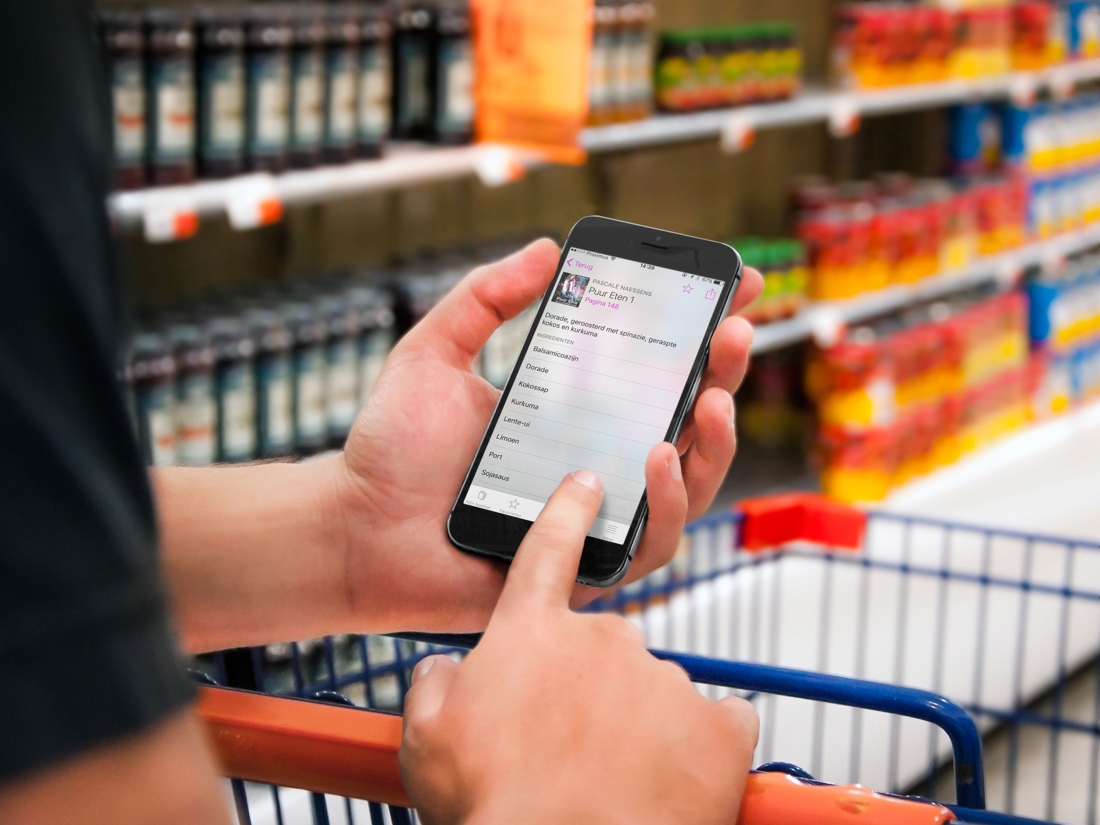Patient Phone Reminders: Why email/SMS are more effective

For some time now, it has been in the practice’s best interest to provide patient phone reminders to keep no-shows to a minimum. While this strategy has proved helpful in years past, practices must keep up with changing patient behaviors.
When comparing automated patient phone reminders to email and SMS, we find email and SMS to have a much higher response rate. Here are several reasons why email and SMS are so effective.
- Smartphone penetration: Smartphones have gone from barely existing in 2005 to 68% of adults owning a smartphone in 2015 I). What do all smartphones come with? Email and SMS. Voice based communication was the only option at one point but not anymore.
- Non-intrusive: Receiving an Email or Text reminder or confirmation request does not interrupt what the patient might be doing during the course of their busy day. In contrast, patient phone reminders are disruptive and can be annoying and run the risk of getting cut off or going to voice message.
- Easy retrieval: Patients can easily retrieve SMS messages and Emails while not interrupting an ongoing meeting or conversation. Admit it, you have done it too! This simply cannot be done when retrieving voice messages.
- Actionable at any time: From the Email or SMS, patients can easily perform a “call to action”, for example, clicking on a confirmation button, and this can be done at anytime after the message is received. With an Automated Phone confirmation request, this can be done at the time the call is received.
- Multiple types: Practices typically would like to send multiple reminders (ex: Save the date, Fill your forms, Pre-visit instructions, Request to confirm, Same day reminder). Patients won’t mind receiving these via Email or SMS since they do improve patient convenience. But imagine how annoyed a patient would get if they received all of these reminders via Phone.
- Convey more: It is possible to send a link with directions in an Email or SMS. A lot of information is conveyed in such an instance. This helps the patient plan their visit better and check in on-time. There is no reasonable way to convey similar amount of information via Phone.
So there you have it, automated reminder systems need Email/SMS capability as a bare minimum to be effective in reducing no-show rates. In addition, they need to be extremely configurable while being easy to use. II)
References
https://www.pewinternet.org/2015/10/29/technology-device-ownership-2015/
Learn more about our highly effective “Automated Appointment Interactions” solution

Ravi Kalidindi is the Founder and CEO of Simple Interact, a leading Front Office Automation company that helps healthcare facilities across the United States run more efficiently and profitably by boosting staff productivity, reducing provider burnout, and elevating the patient experience. Customers view Ravi as a trusted partner who can quickly comprehend business problems and suggest “keep it simple” solutions that are effective and easier to maintain over time.
Recent Posts
- The Benefits of Using 2-Way SMS Chat for Healthcare Communication
- 2-Way SMS vs. Live Chat: Which Is Best for Bi-Directional Patient Communication?
- Simple Interact Earns A+ Satisfaction Ratings in KLAS Report
- Boosting Healthcare Staff Productivity With a Shared Inbox Dashboard
- Healthcare SMS: What Metrics to Track in Your 2-Way SMS
Categories
Archives
- February 2025
- June 2024
- May 2024
- April 2024
- March 2024
- February 2024
- January 2024
- December 2023
- November 2023
- October 2023
- September 2023
- August 2023
- July 2023
- June 2023
- May 2023
- April 2023
- March 2023
- February 2023
- January 2023
- December 2022
- November 2022
- October 2022
- September 2022
- August 2022
- July 2021
- December 2020
- May 2020
- March 2020
- June 2016